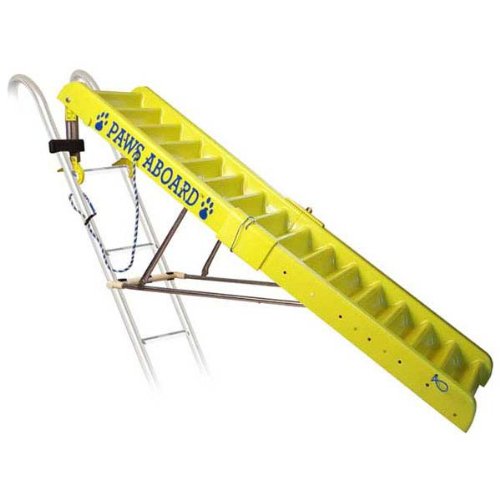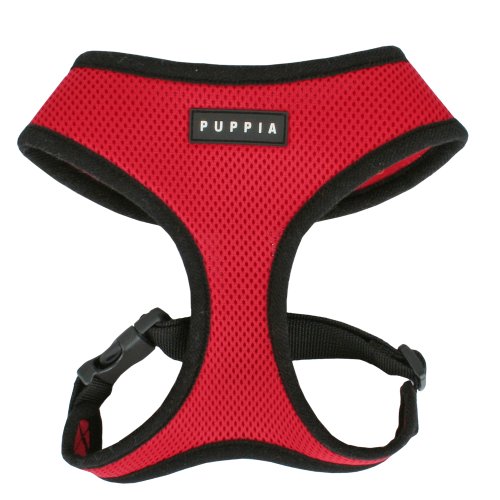
While we are aware that humans can suffer from frostbite, did you know that dogs can be affected by this condition as well? Oftentimes we believe that because dogs have coats of fur that they are protected from the elements, this is not so. While some heavy coated breeds (Huskies, Bernese Mountain Dogs, etc) are bred to be equipped for the cold of the winter, many dogs have almost no defense against the cold.
Dogs should NEVER be left out in the cold for any extended amount of time.
Frostbite is what occurs when the extremities (tail, foot pads, nose, etc) have been exposed to the cold for too long and sustain damage or even death of these body parts.
When an animal is exposed to extreme cold it goes through a number of stages. A pet’s fur provides insulation and when it is exposed to the cold the hairs stand up, thus trapping air in the layer between. That layer helps provide additional warmth. If that doesn’t improve the situation and the temperature continues to drop, the animal begins to shiver to attempt to generate heat, just as a human would. If the situation becomes dire the body begins to pick and choose the areas that it is going to send warm blood, thus keeping vital organs (heart, kidneys, lungs, etc) functioning, but causing the extremities to loose blood flow, thus causing frostbite to occur.
Symptoms to look for if your pet has been outdoors for a prolonged period of time and you suspect it may be suffering from frostbite:
If you believe your dog is suffering from frostbite, here are some first aid methods you can use:
Your pet will need pain medication and will need to be evaluated as to the extent of his injuries. In some cases he may need to be placed on antibiotics and depending on the severity of the frostbite, surgery may need to be preformed on the damaged tissue.
For the first article in our winter safety series, check out our article on The Dangers of Antifreeze for Dogs.
 Older Dog Care
How to Take Care of an Old D
Older Dog Care
How to Take Care of an Old D
 Dog Boat Ladder
Using a dog boat ladder is a
Dog Boat Ladder
Using a dog boat ladder is a
 Be Prepared Before Taking Your Dog on Your Next Holiday Road Trip
Planning Your TripIt is exci
Be Prepared Before Taking Your Dog on Your Next Holiday Road Trip
Planning Your TripIt is exci
 Hypoallergenic Dogs List - The Best Dog Breeds For People With Allergies Or Asthma
Dogs For People With Allergies Or Asthma
Whenever I
Hypoallergenic Dogs List - The Best Dog Breeds For People With Allergies Or Asthma
Dogs For People With Allergies Or Asthma
Whenever I
 Pet Health Insurance Part 2
Not CoveredIn Most Plans Credit: Wikime
Pet Health Insurance Part 2
Not CoveredIn Most Plans Credit: Wikime
Copyright © 2005-2016 Pet Information All Rights Reserved
Contact us: www162date@outlook.com